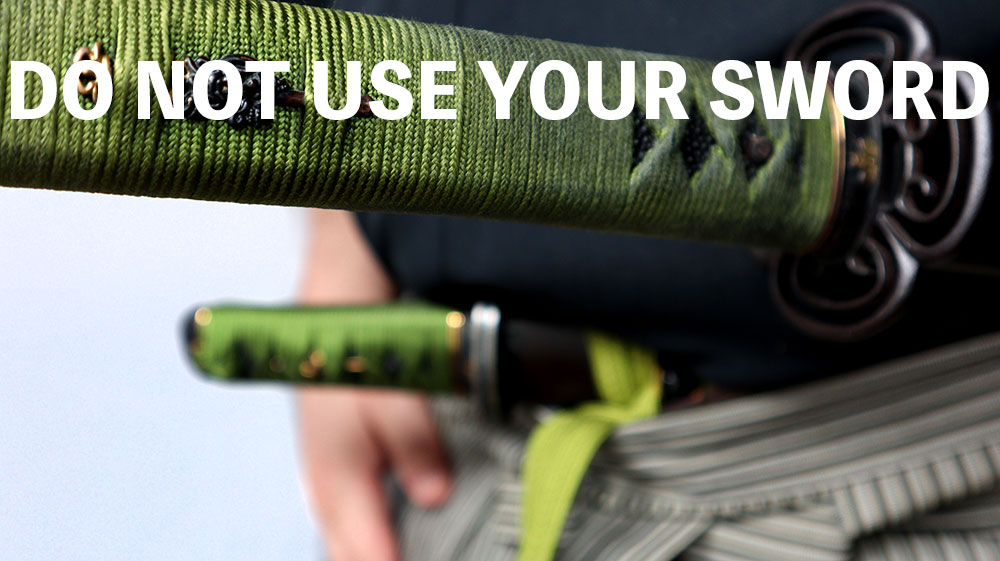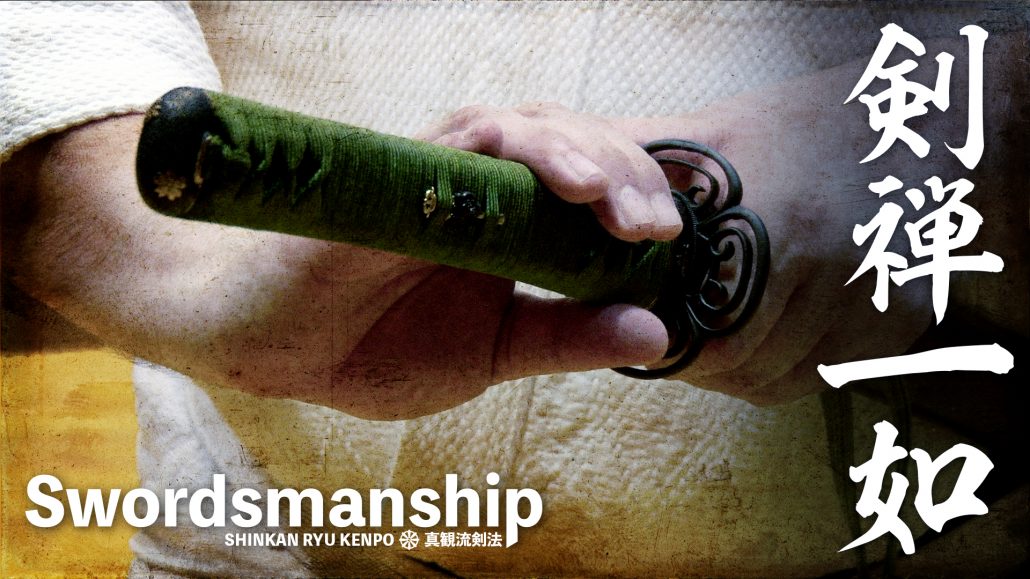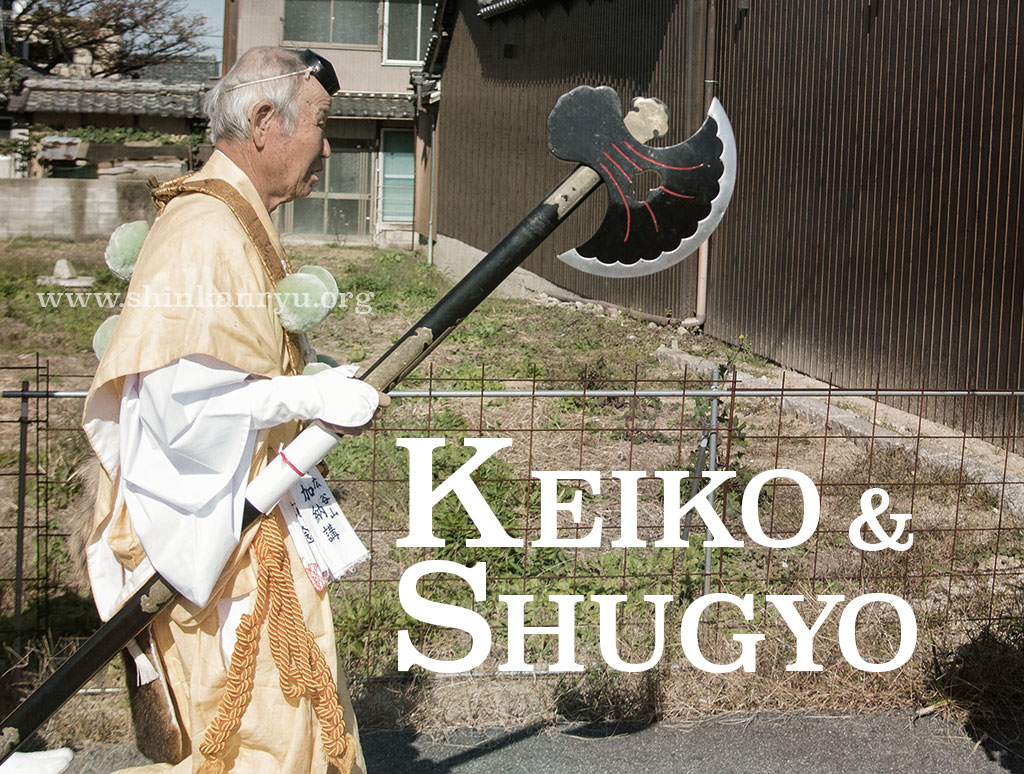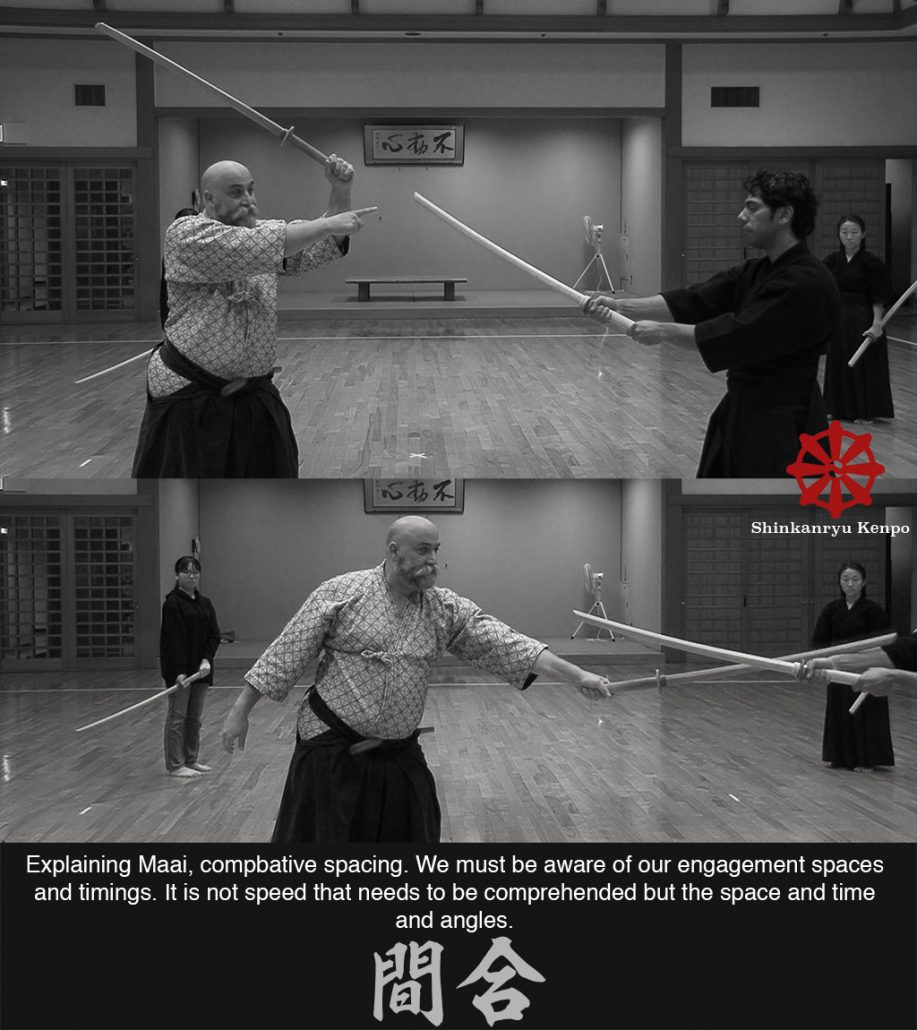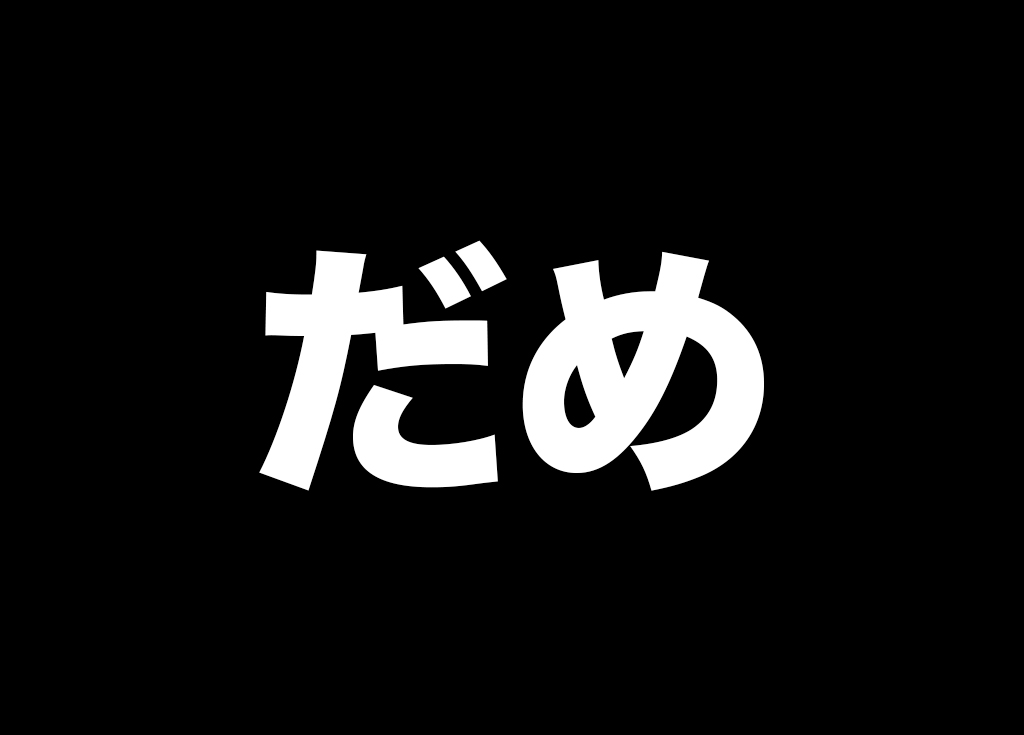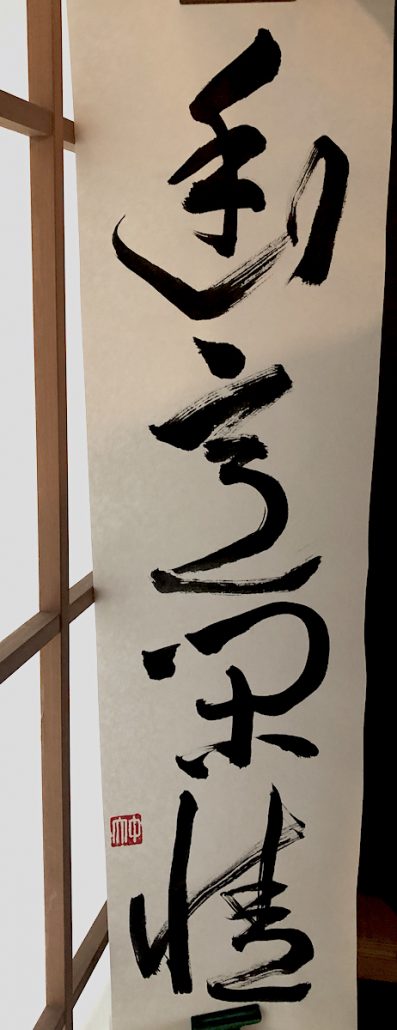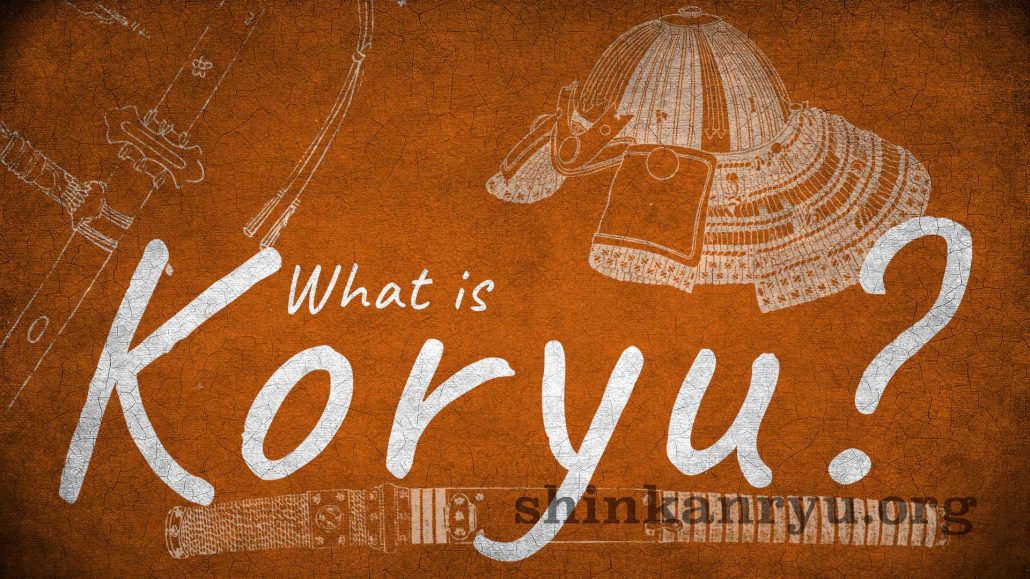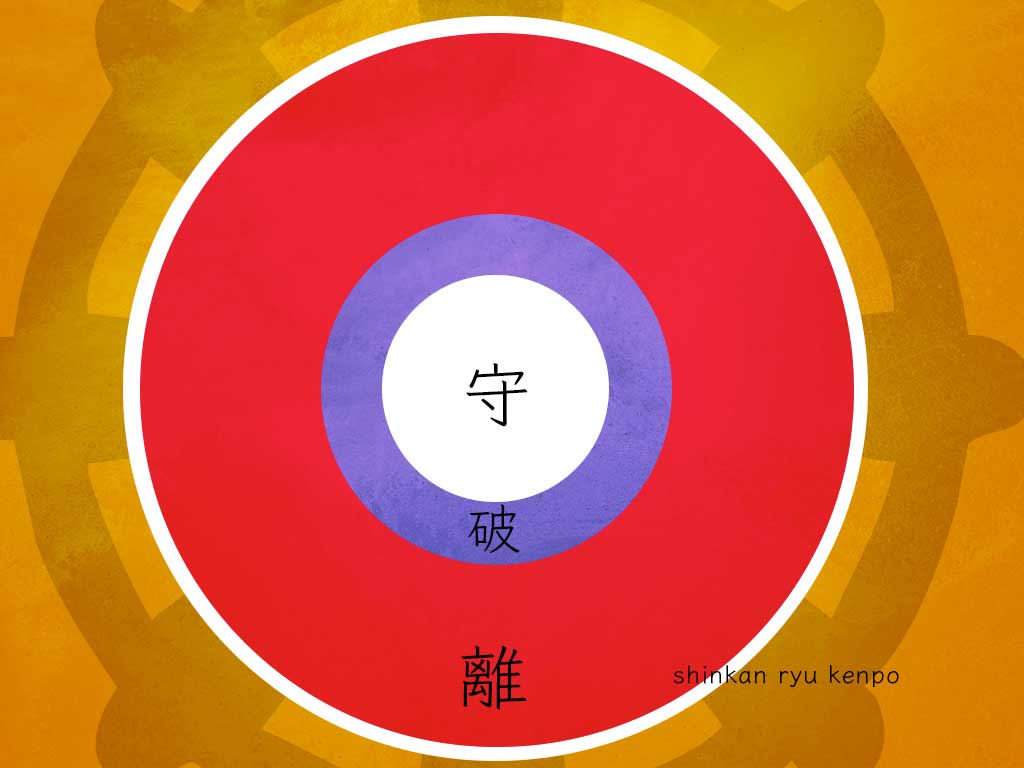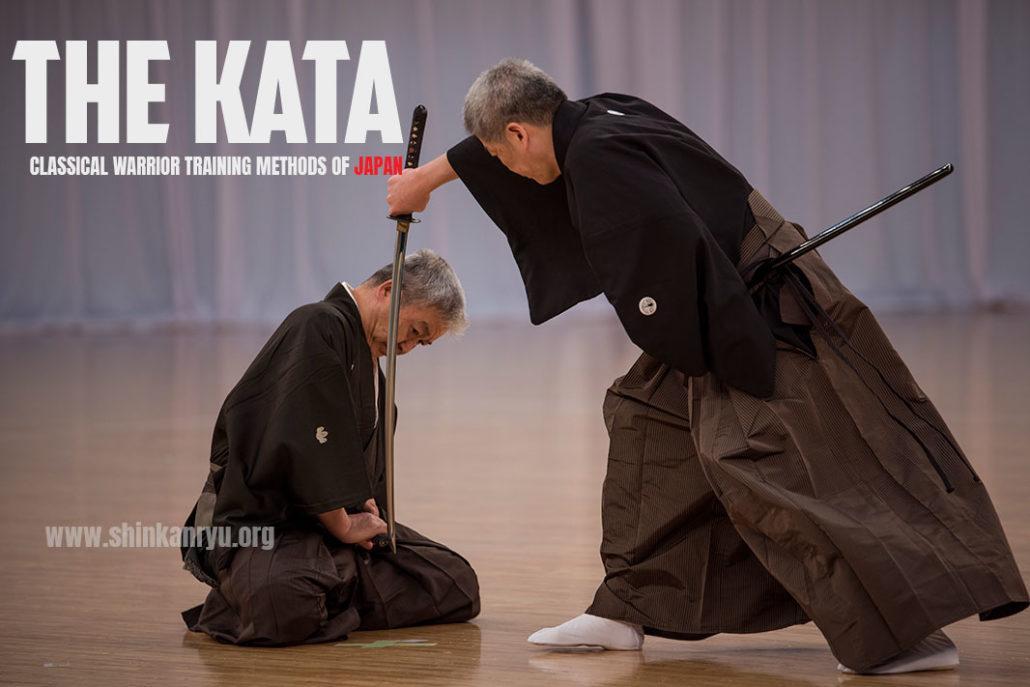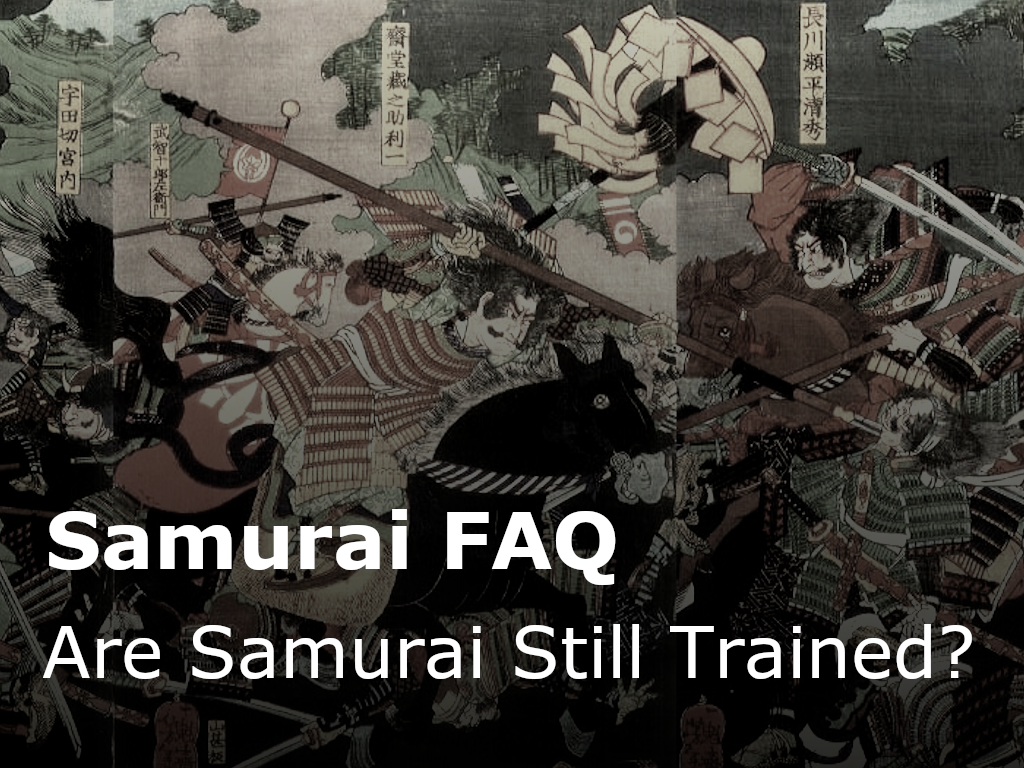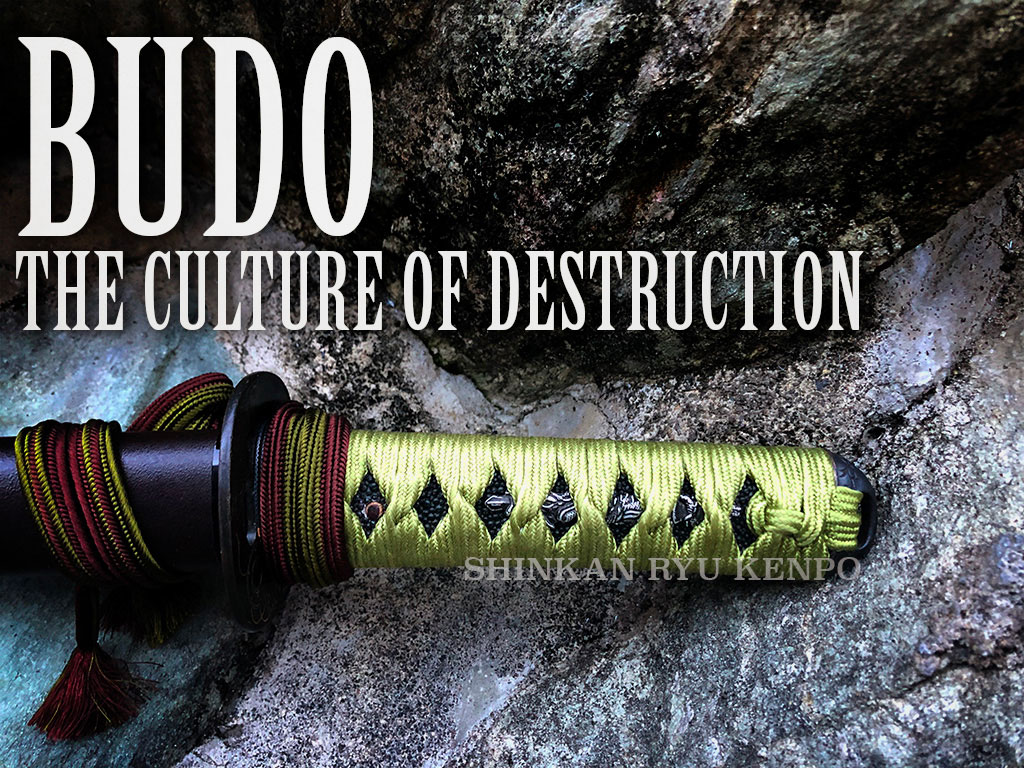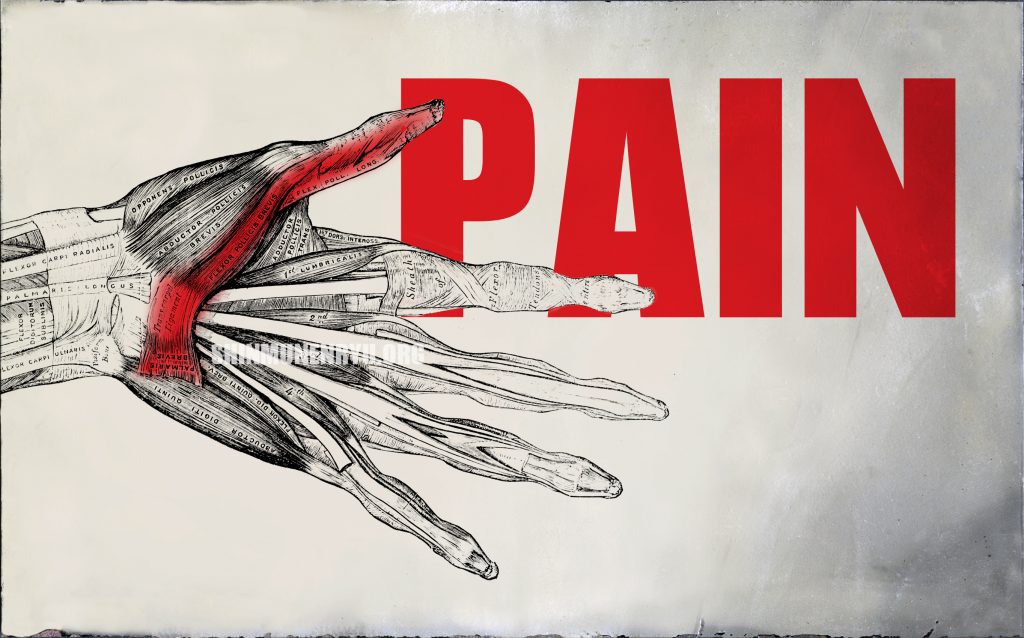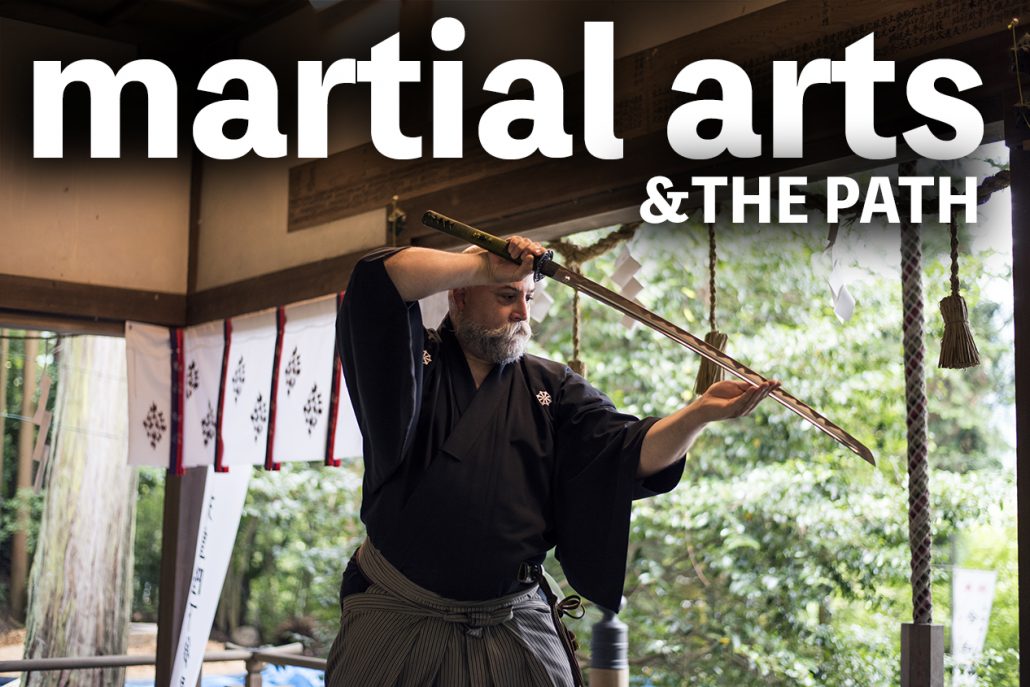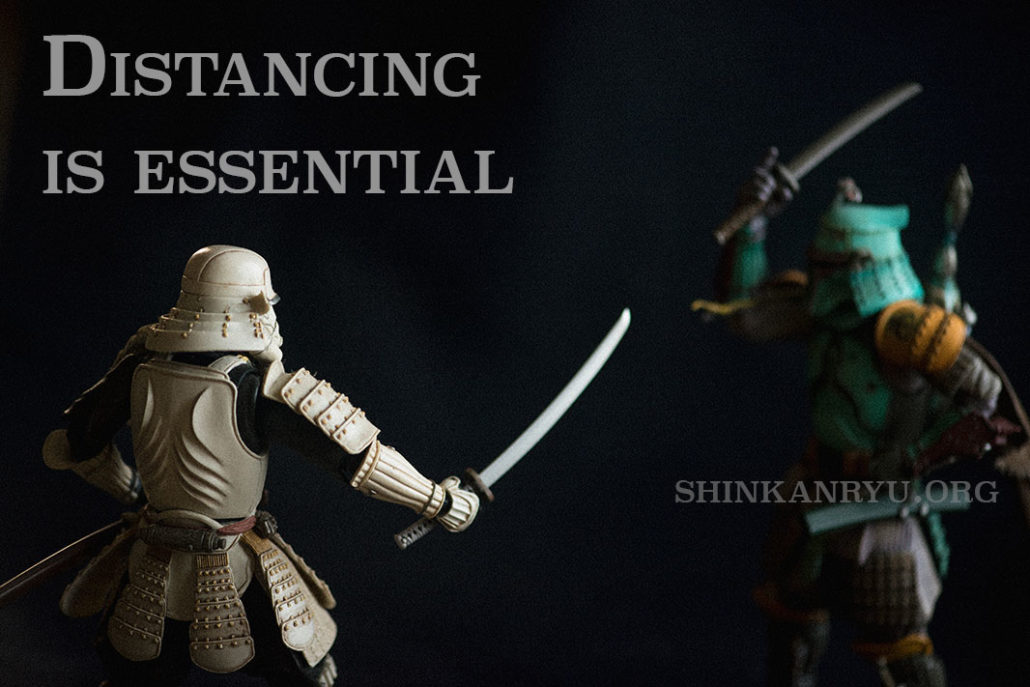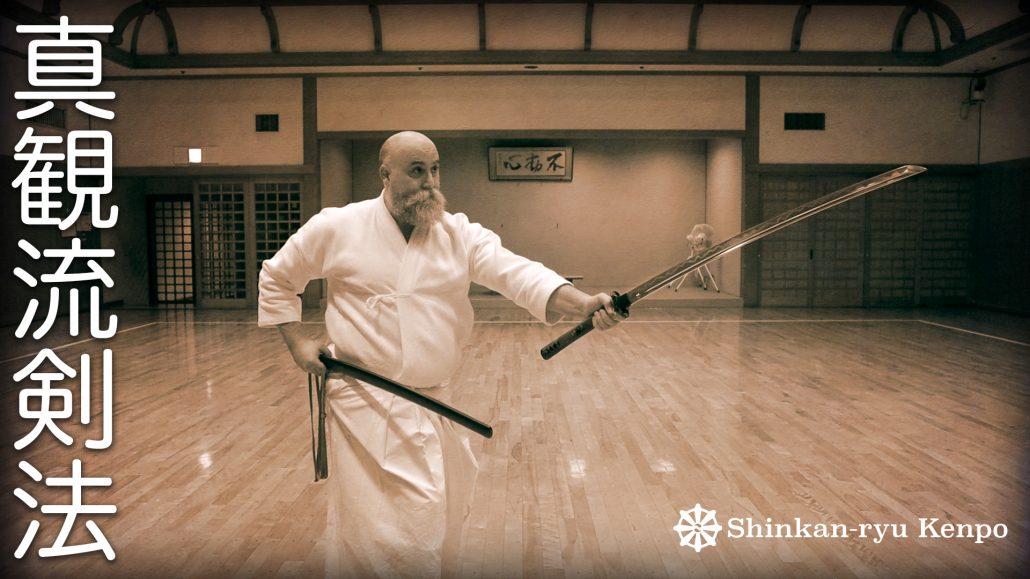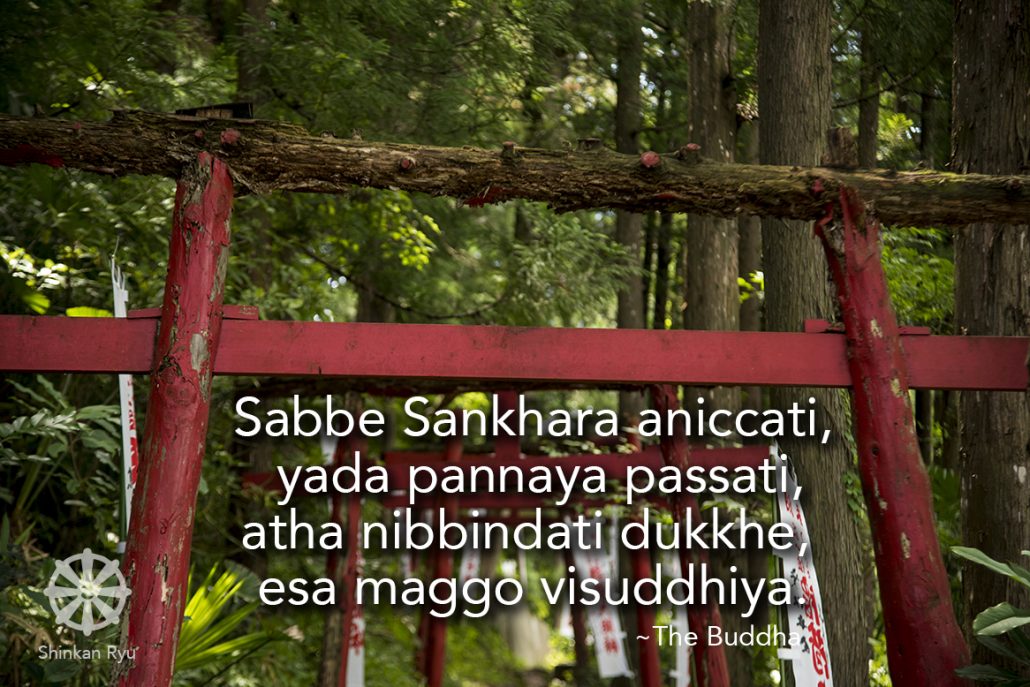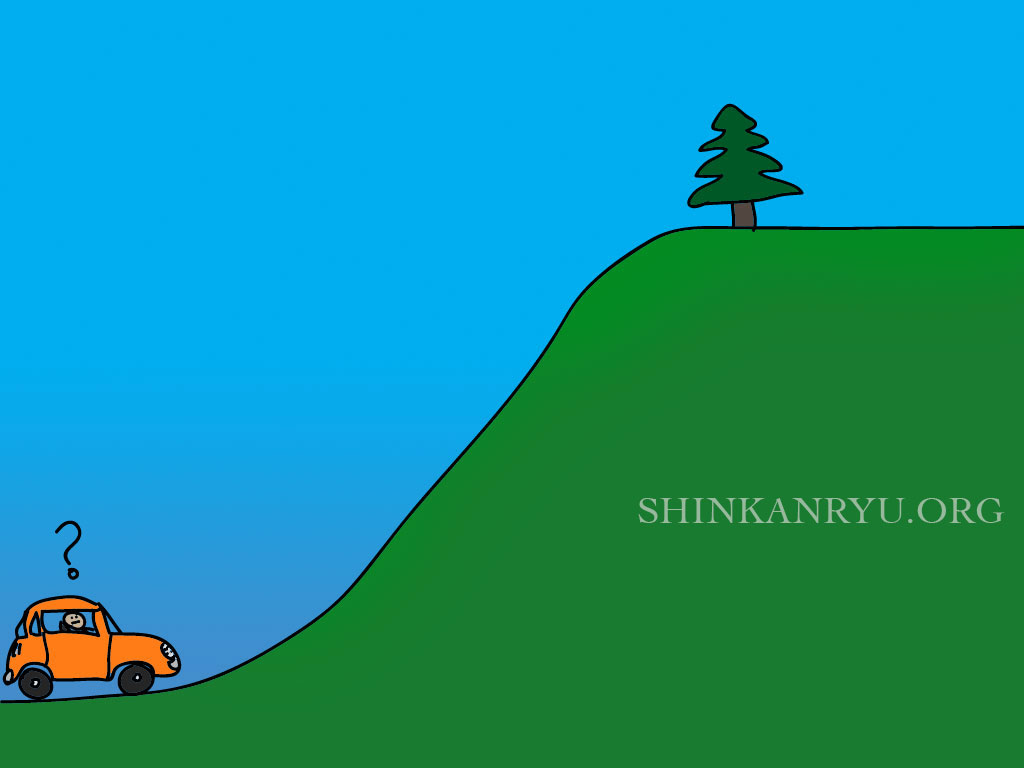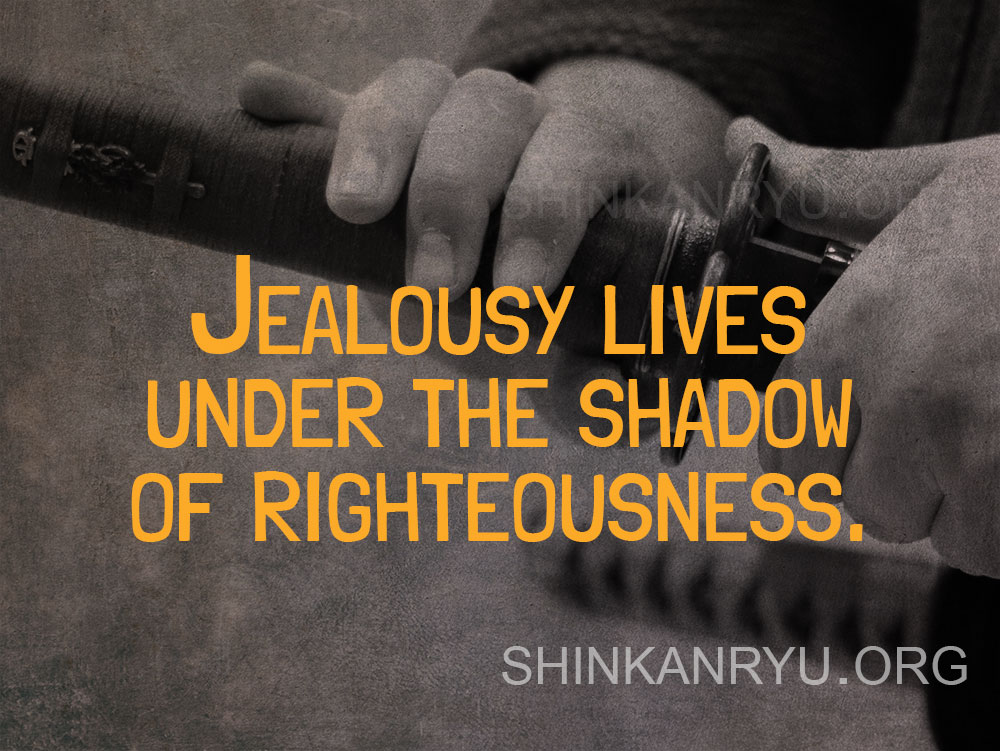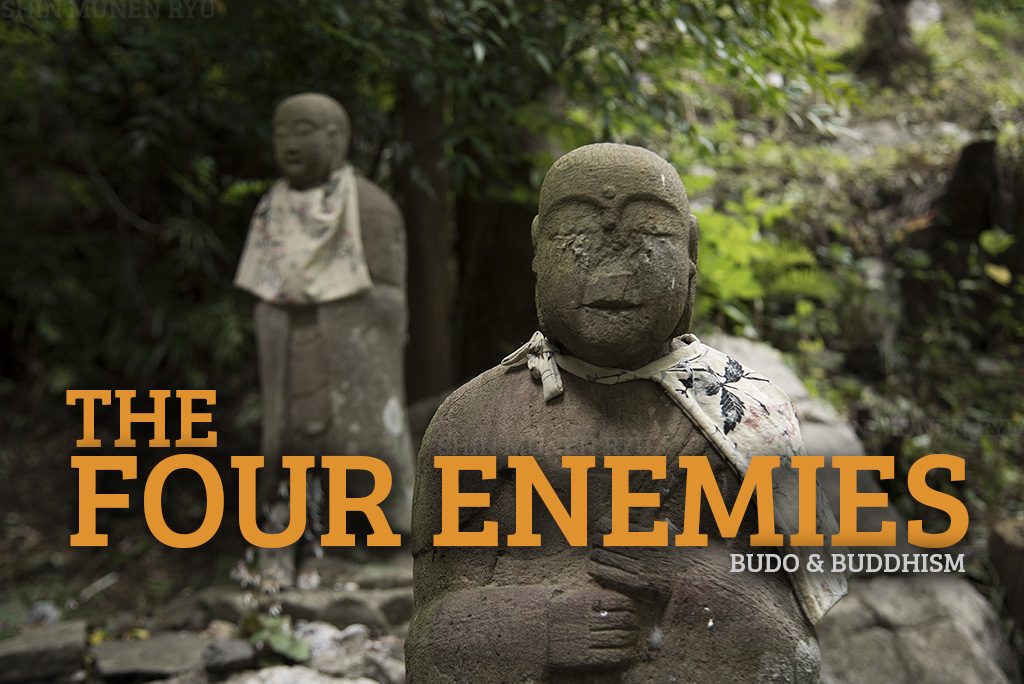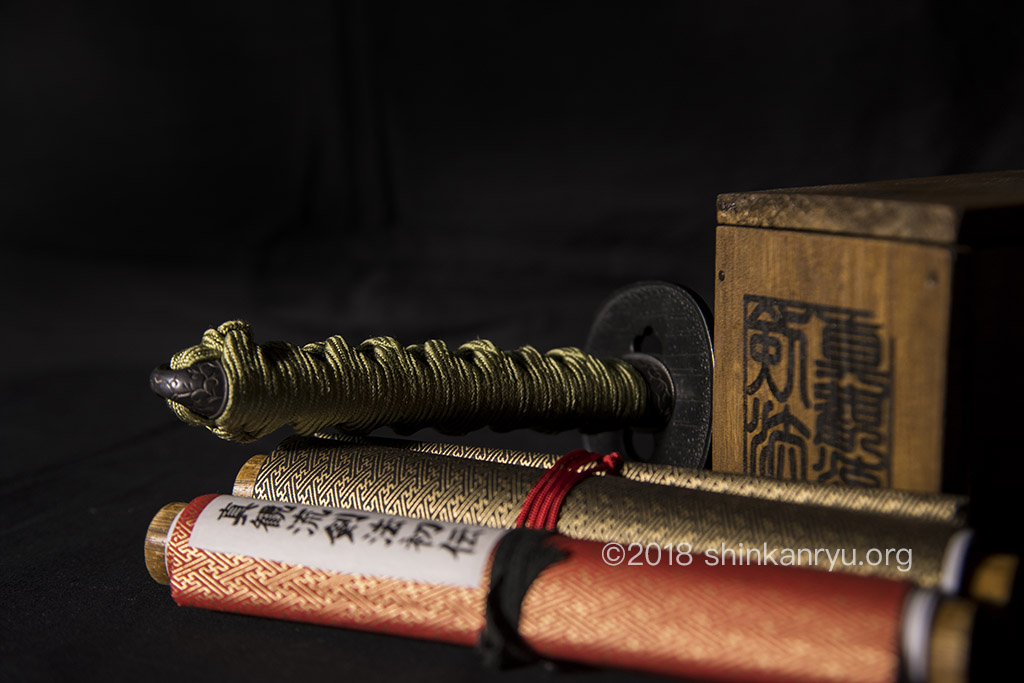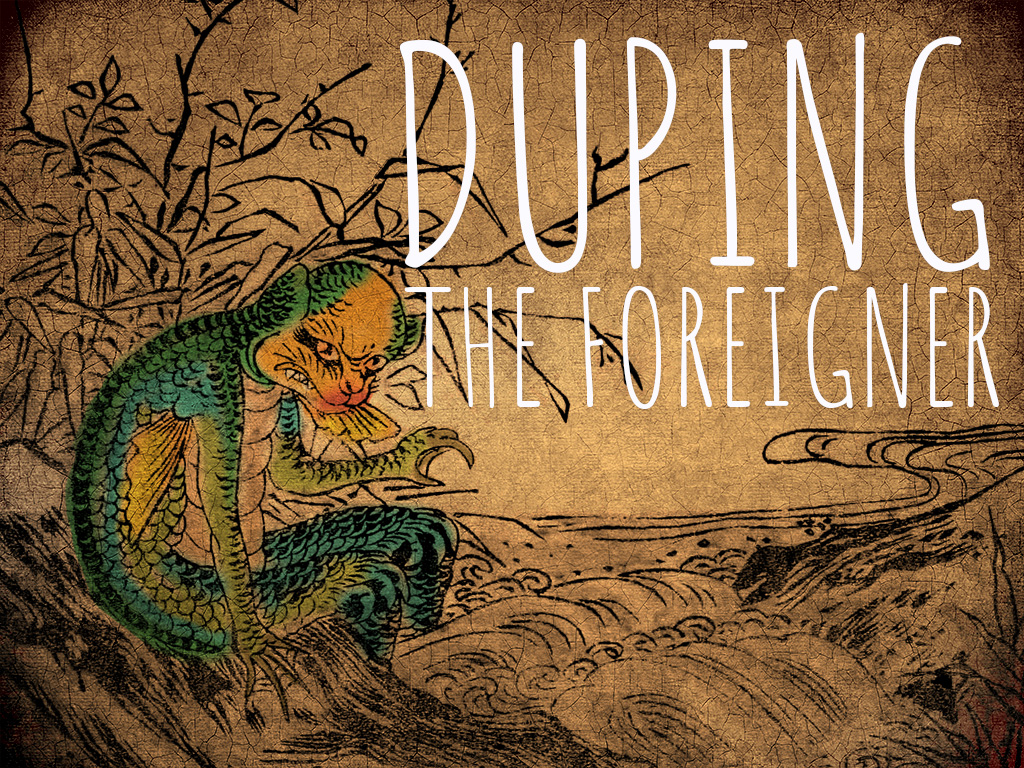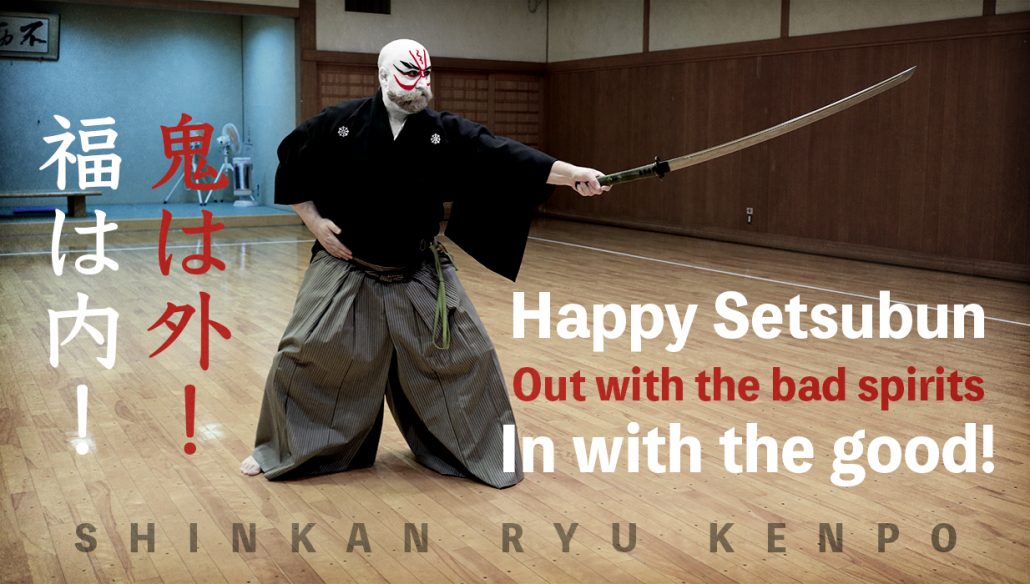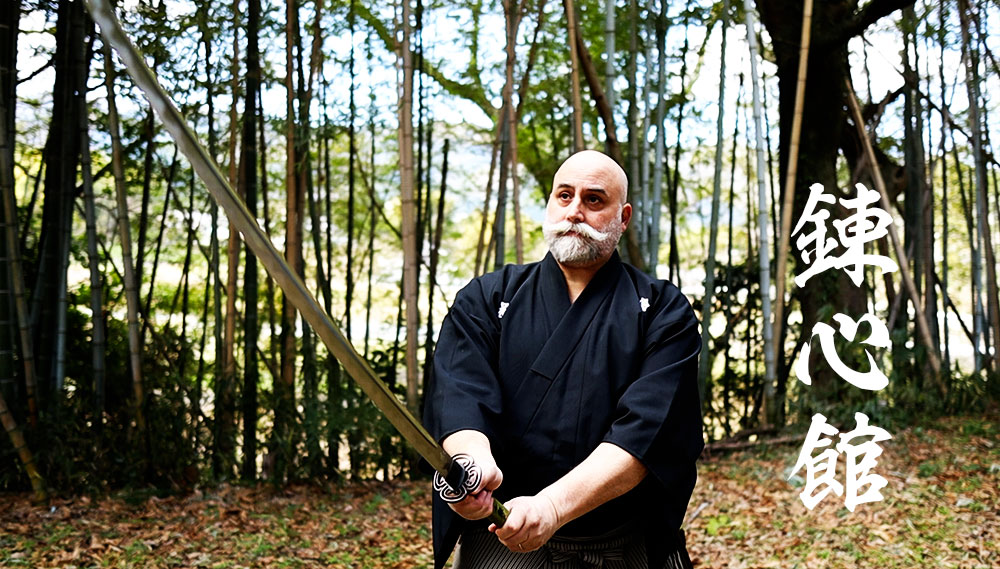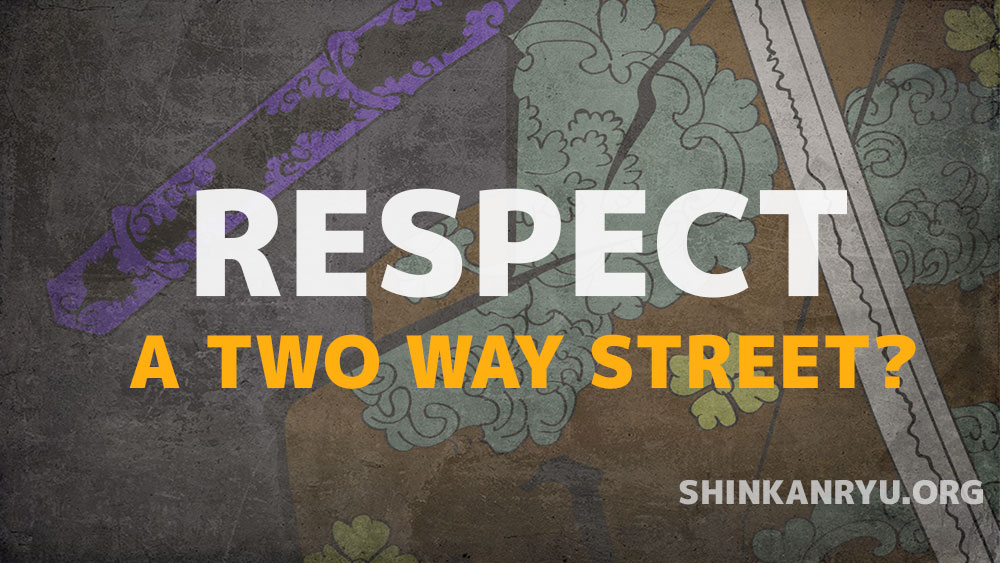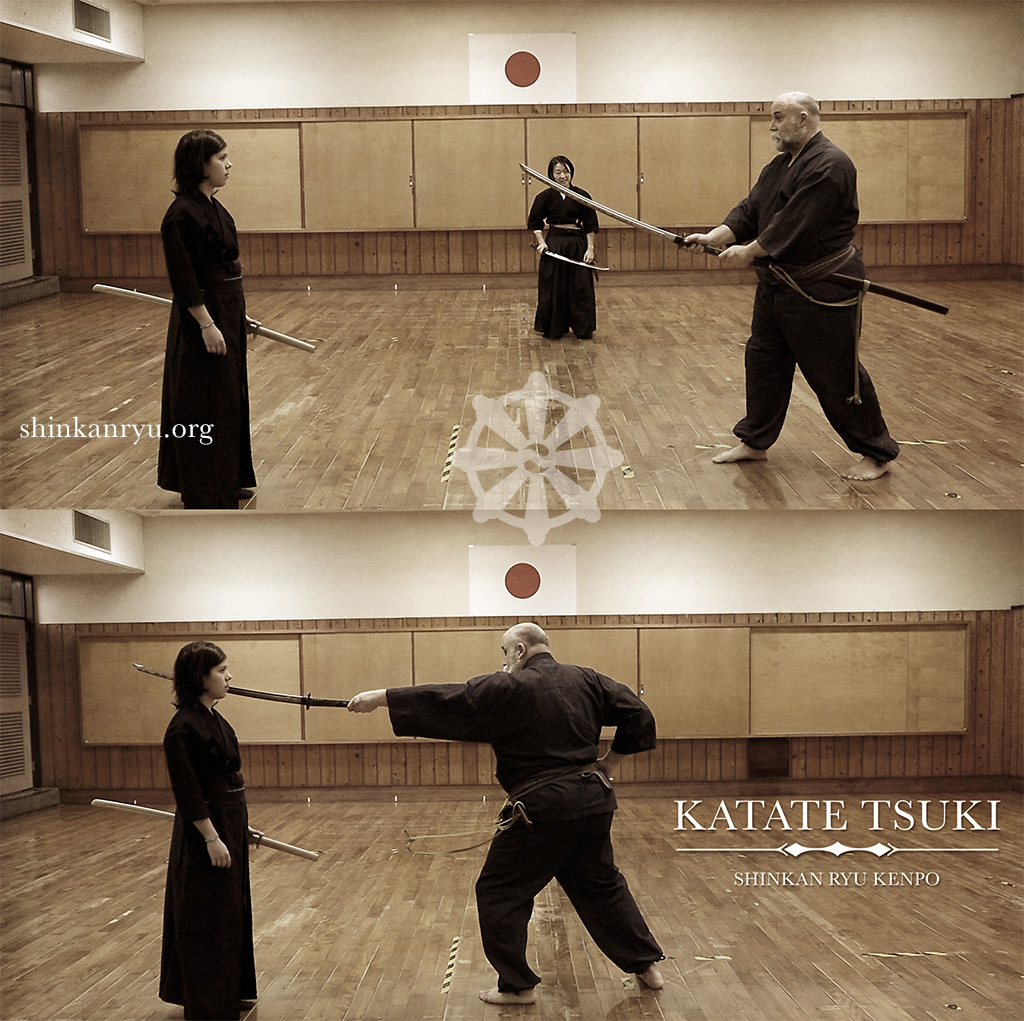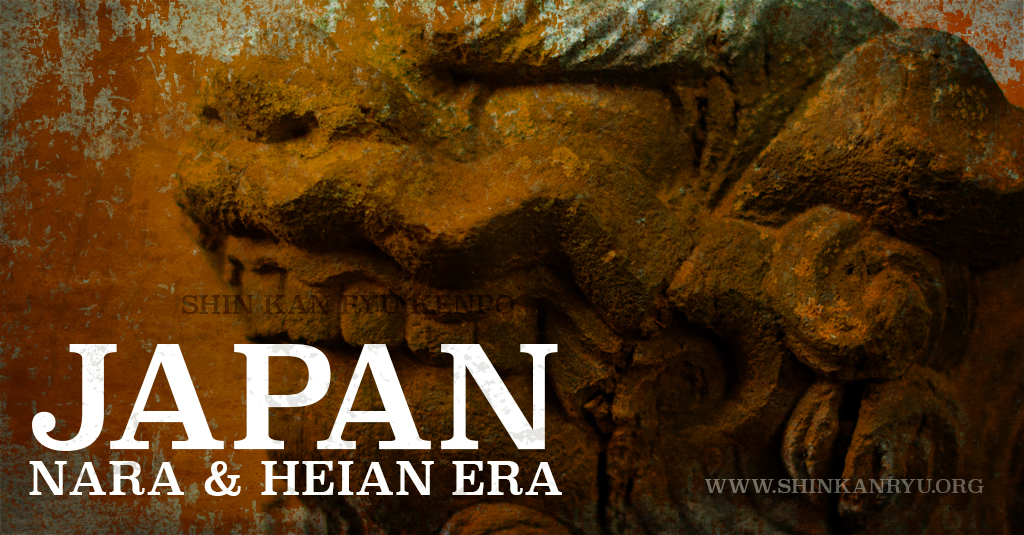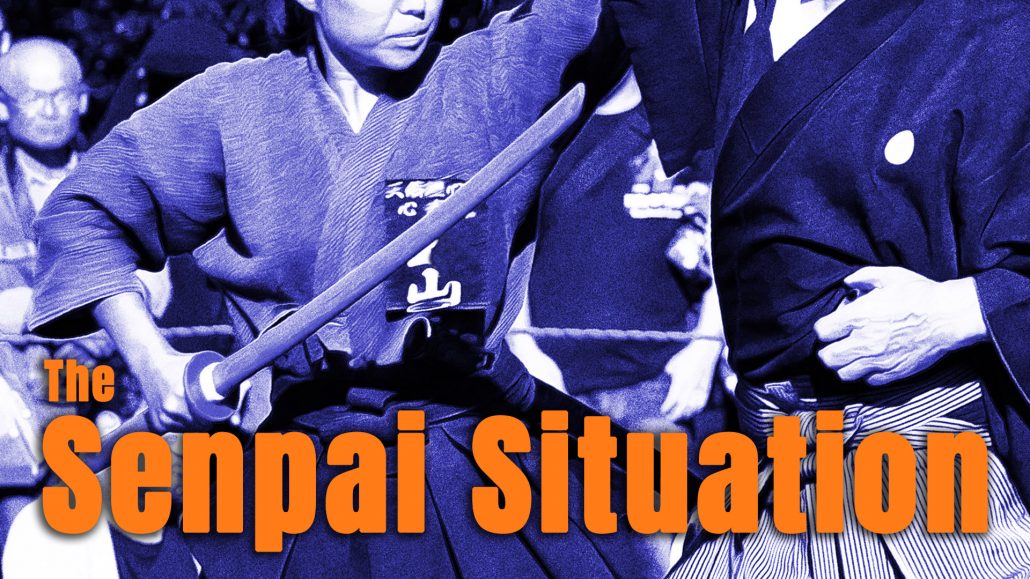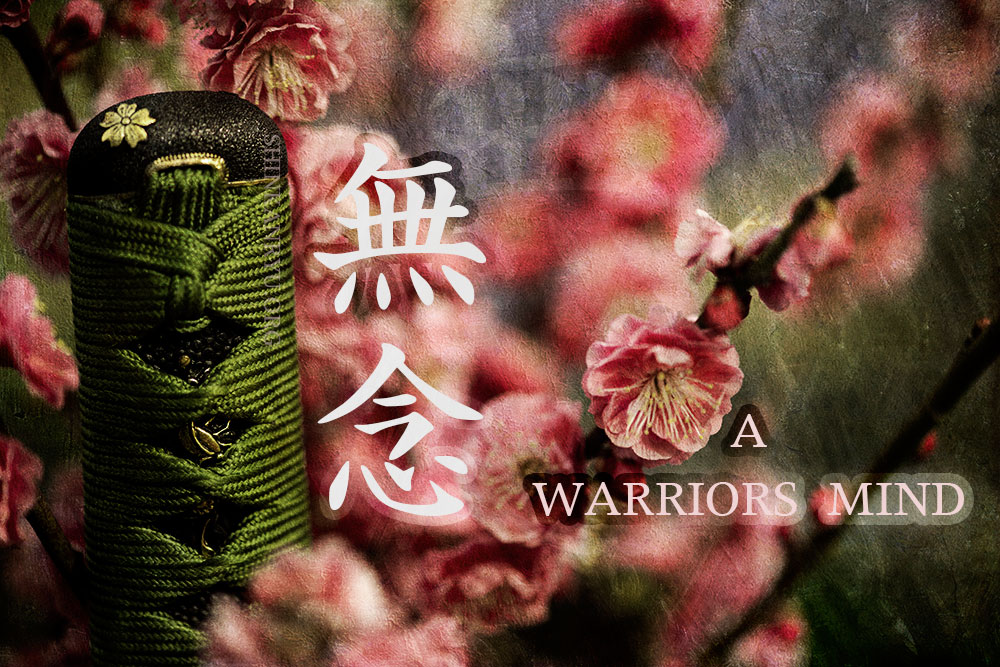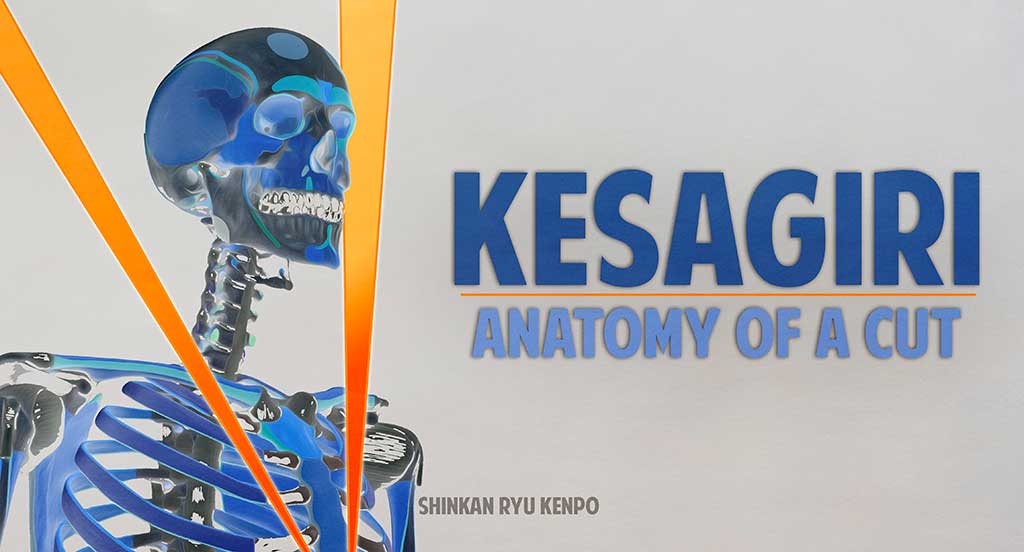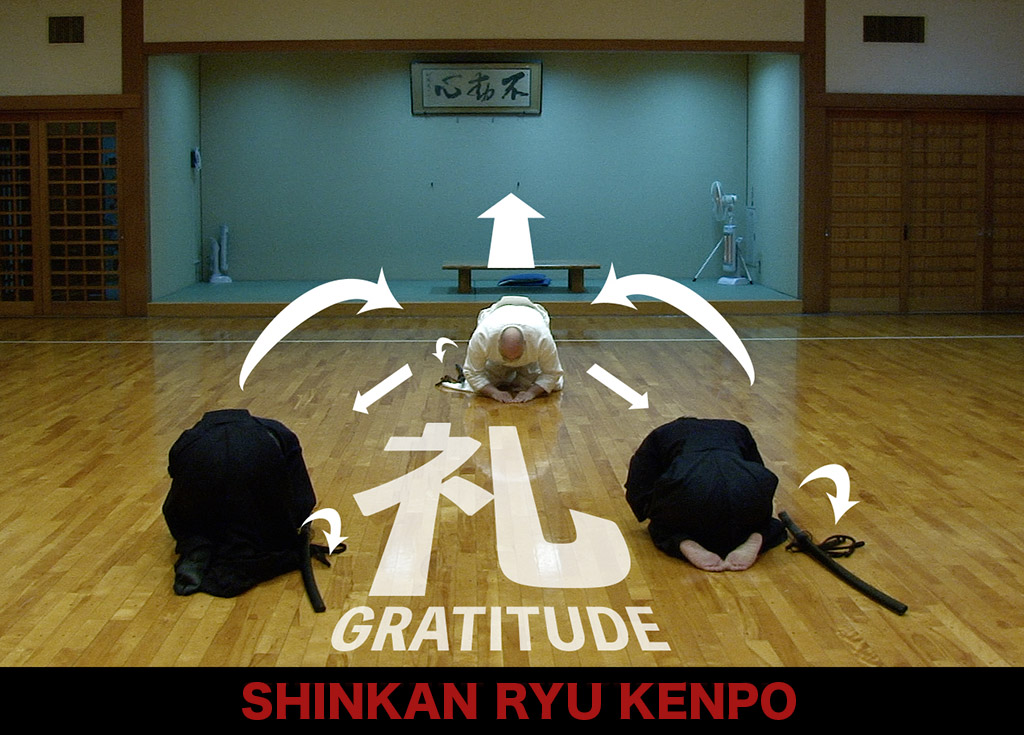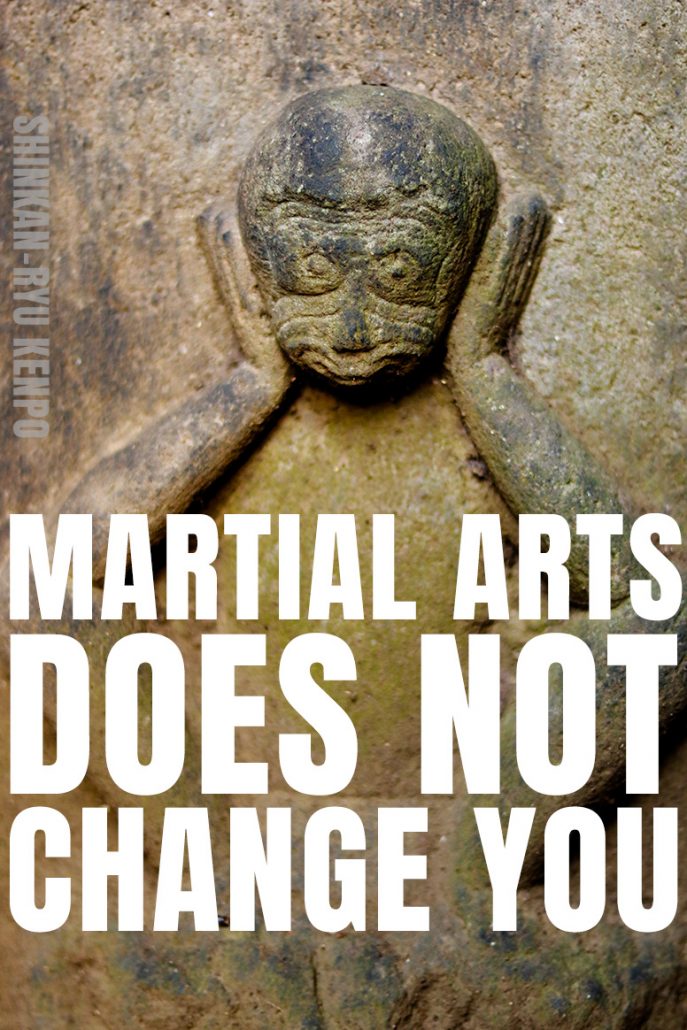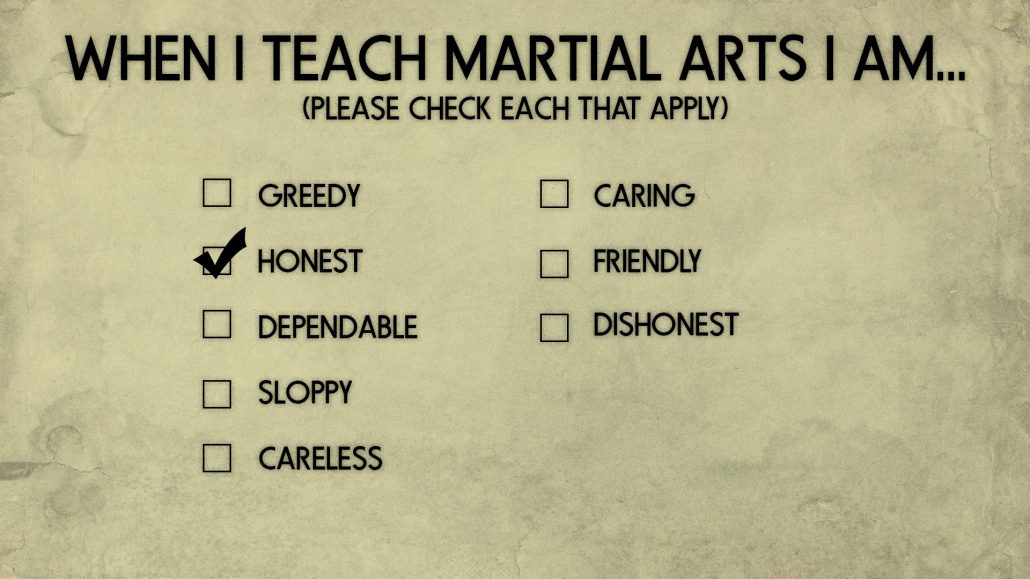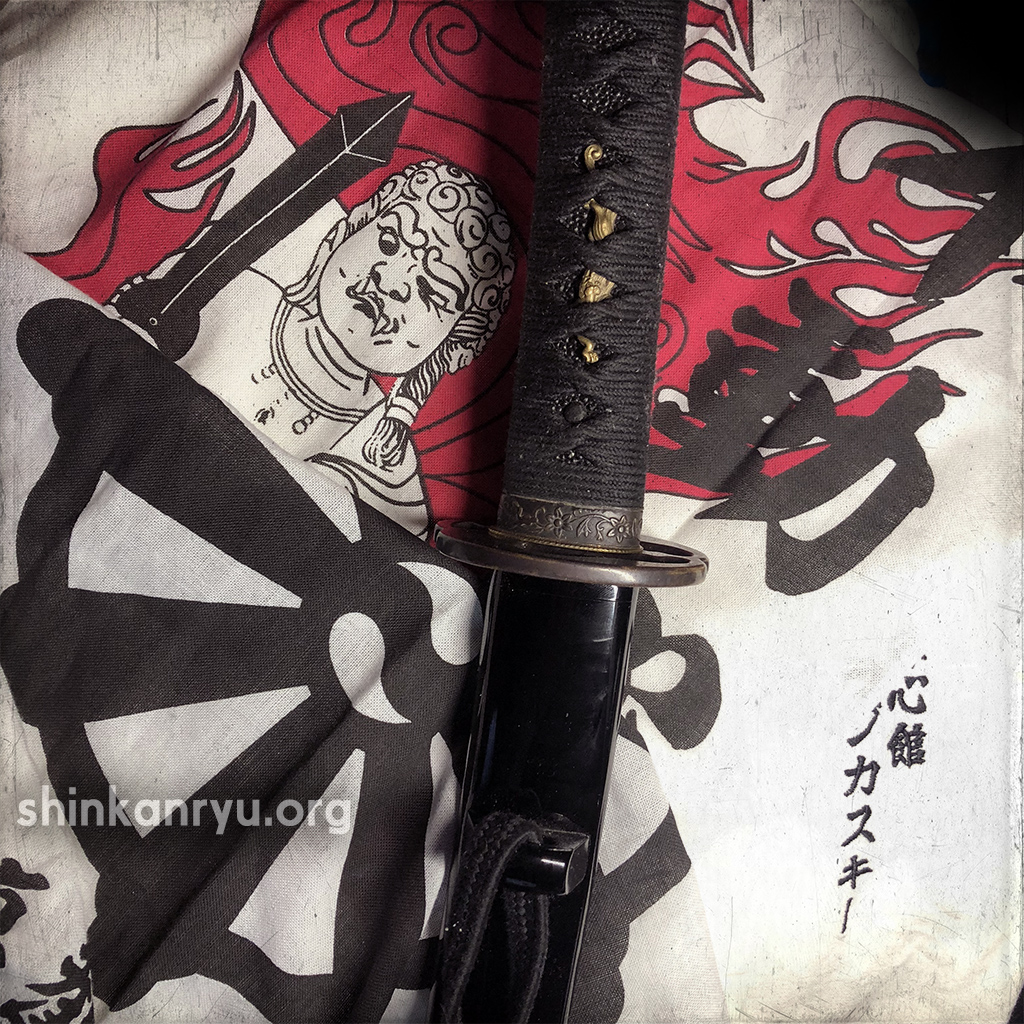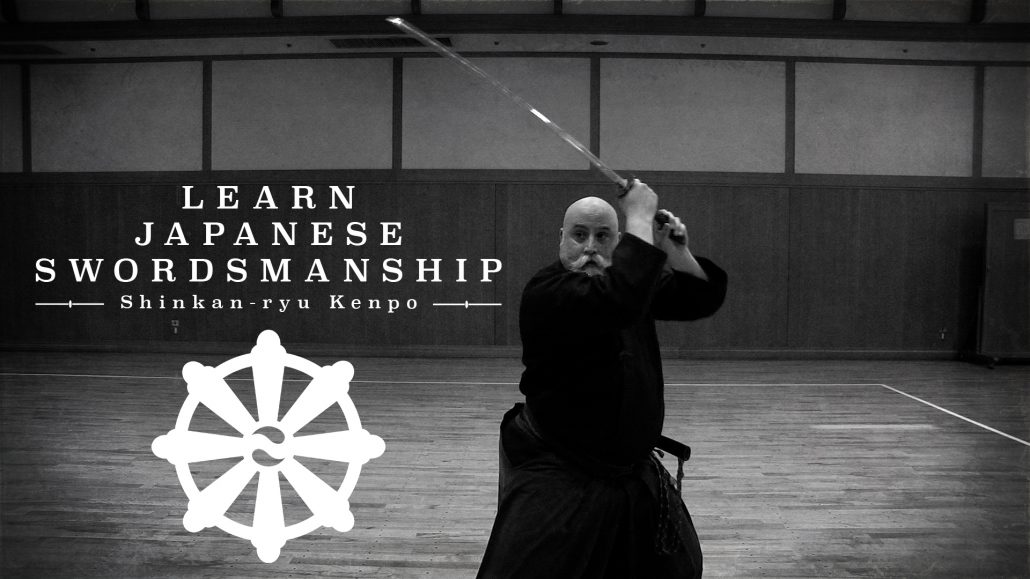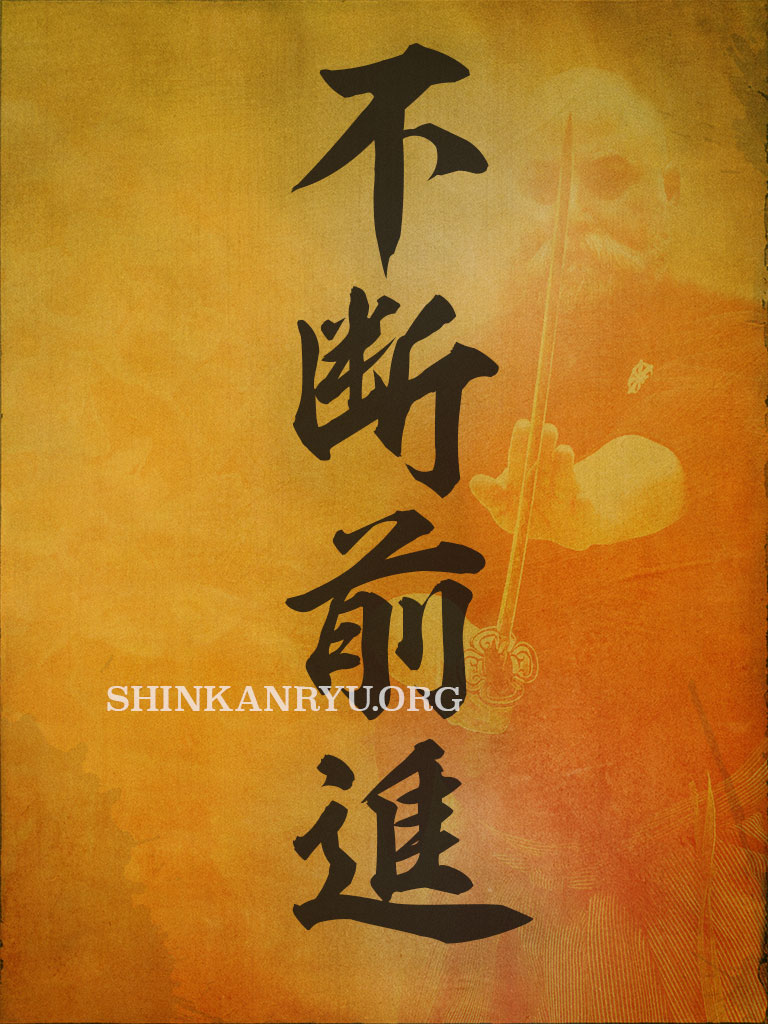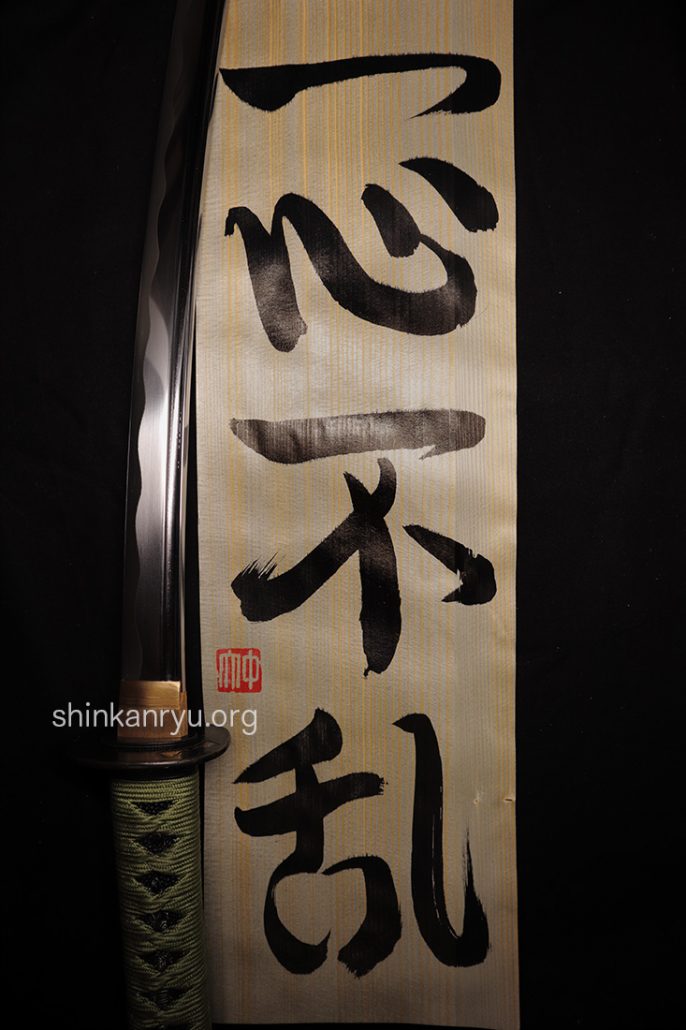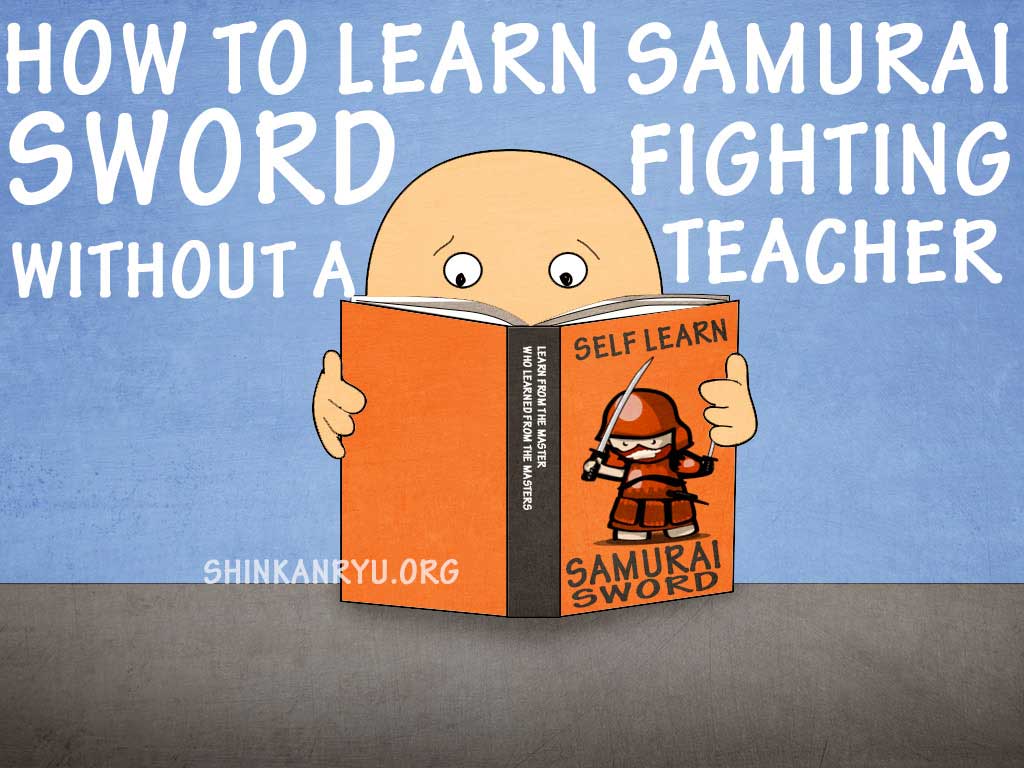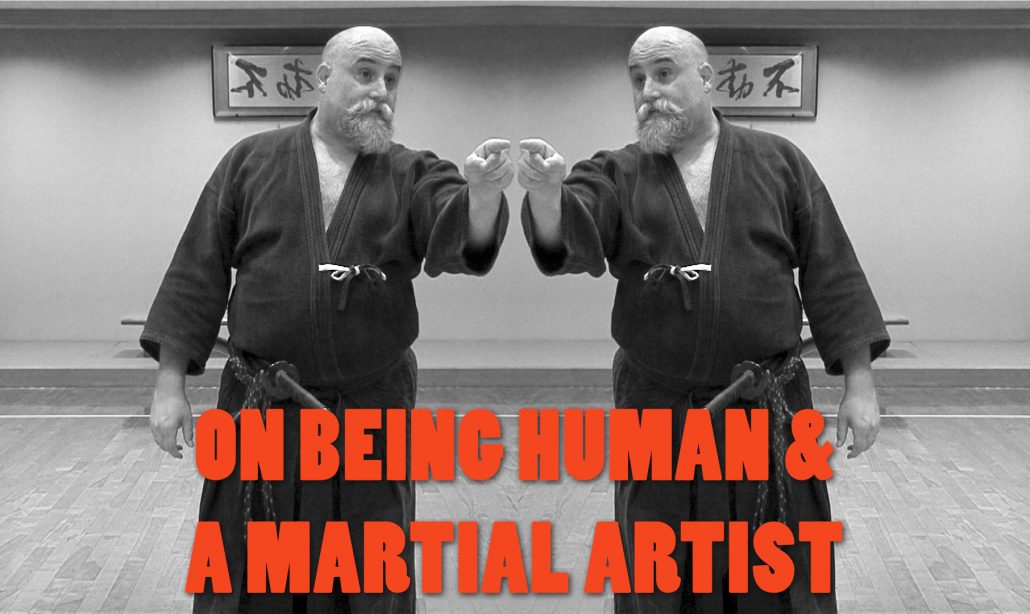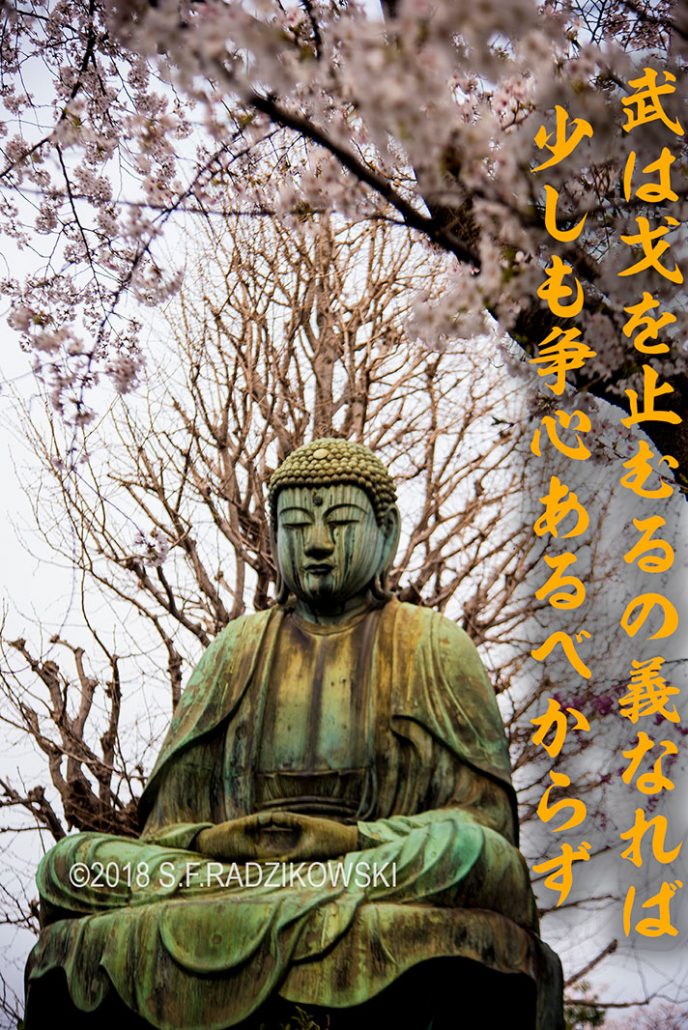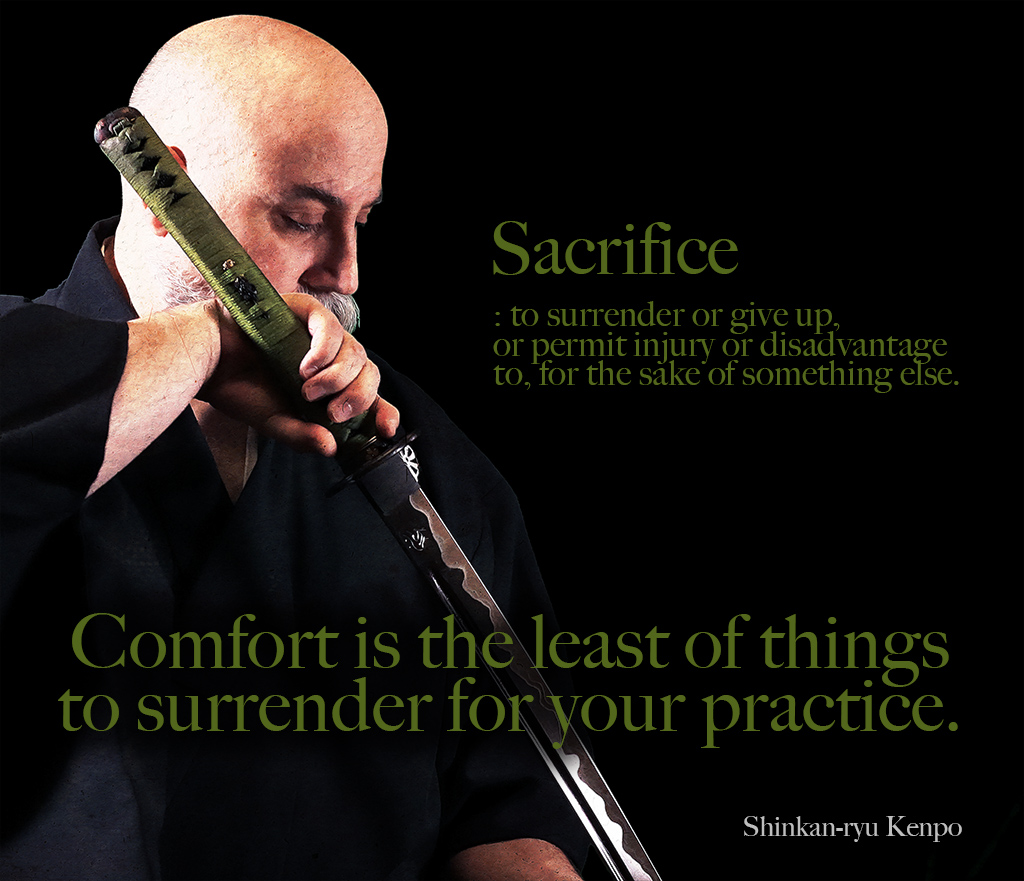I train to strike correctly. I perform keiko to understand the angles of my sword. Swordsmanship and sword combat at that the center of my life, however I am not interested in performing violence on others.
There is a saying prevalent in swordsmanship, Saya no uchi de katsu, victory without drawing the sword. I see horrible violence performed under the ideas of righteous justice. There should be no martial artist involved in the injury of anyone in their pursuit of justice. It is best to find a means to win without the shedding of blood. A literal eye for an eye solves nothing and creates a tidal wave from the ocean of samsara that will wipe out yourself and your enemies ensuring nothing ever gets solved or fixed.
Our physical acts of violence are not the only thing to cause injury. Our speech, as well, can hurt someone, although not the sole part of the problem look at the cyberbullying that lead to Kimura-sans suicide here in Japan. She was a member of Terrace House and felt that she could not handle the mounds of negative messages. She felt overwhelmed and took her own life. When we are wounded, we sometimes say awful and hurtful things. A swordsman with a quick and untempered tongue is just as dangerous as one slashing about with their katana. I learned the hard way about the lessons of a loose tongue.
All of these problems of course, stem from the mind. And it is the mind that creates saya no uchi.
We must find a way to victory without harming others, and creating unwholesome environments. To seek a path that imparts health and prosperity while holding up the ideals of righteousness. To win without bloodshed or pain or suffering of those that oppose us. After all, it is only through ignorance that others misunderstand our ideas. Are we not without some ignorance towards other ideas as well?
Another side of the coin
Saya no uchi de katsu, also has the meaning of winning when the opposition is intimidated enough to concede victory without a fight. Your mental and physical posture (migamae, korkogame, etc.) is strong enough that the opposition realizes it is not worth it to engage with you. This is not empty posturing, however. Acting tough or being an emotional bully is not what saya no uchi is about. True keiko cultivates proper mental, spiritual and physical abilities.
Through experience and wisdom, we can build a stronger spiritual core. We can navigate the fires of the world without getting burned even if we are set on fire by others.
Training in iaijutsu to understand never drawing the sword is a difficult endeavor. It is paradoxical to many; studying violence to commit no violence. As students of martial arts, we must start with the mind. Do not engage in violence to solve the failures of yourself or society.

ラジカスキー真照
館長Saneteru Radzikowski is the head sword instructor of Shinkan-ryū Kenpō. He lives and teaches Iaijutsu and Kenjutsu from Nara, Japan.
Ken Zen Ichi Nyo Sword & Zen Are One
剣禅一如 The sword and zen are one. The mind of zen is an important consideration...
Shugyō and Keiko Martial Arts Practice
Practicing and Studying There are two main words used about practicing and learning in martial...
Maai; Combative Space-timing
Teaching maai 間合い, the ideas of combative spacing and timing intervals in kenjutsu.
Budo Don’t
Don’t be in love with your weapon. Don’t be in love with your uniform. Don’t...
A Lesson Of The Brush & Budō
Today during shodo practice I wrote this. Our minds as the top of...
What is Koryū?
Japanese martial arts are usually defined in two groups. Pre-modern and modern. There are no...
Shu-ha-ri Budo Learning
Kata: Classical Japanese Samurai Training Method
Bujutsu Kata Training in martial arts can be done in different ways. One of the...
Samurai F.A.Q
Are samurai still trained in Japan? Are there samurai schools? The short answer is, No.Samurai...
Budo: The Culture of Destruction
The desire to destroy is within us all. We must overcome this urge to tear...
Pain & Training In The Martial Arts
Pain & Training Pain is a universal dilemma. Especially for those in sports or martial...
Martial Arts and The Path: Strive for the truth
If you study the way and path 道, then you should understand the truth correctly....
Covid-19 Corona Virus And Martial Arts
Bujutsu Thoughts
Training in iaijutsu (or any bujutsu) means doing the same thing over and over and...
Impermanence, The Mind, and the Truth
After every meditation session my teacher, with his eyes still closed, would softly speak in...
Practice
The car at the bottom of the hill needs a sustained gas pedal to move...
Jealous Martial Artists
Martial artists should be aware of what can live in the shadow of righteousness; jealousy...
Four Enemies
Four Friends. Four Enemies. One morning while on alms rounds the Buddha gave a heap...
Budo Thoughts
There are techniques and scrolls and teachings all over the dojo. What does it matter...
Duping The Gaijin – Martial Arts Fraud
Some Japanese schools or individuals wish to capitalize on the ignorance of non-Japanese martial artists...
Happy Setsubun
鬼は外! 福は内! In our house we dont use beans to chase out the demons, we...
6 Years of Shinkan-ryū Kenpō
Last week marked the 6th year of Shinkan-ryū Kenpō. I want to thank the faithful...
Respect is a two way street in martial arts
Respect is a two-way street, however, how many people are driving recklessly? “If you want...
Katate Tsuki-One handed Thrust Iaijutsu
[fusion_builder_container hundred_percent="no" equal_height_columns="no" menu_anchor="" hide_on_mobile="small-visibility,medium-visibility,large-visibility" class="" id="" background_color="" background_image="" background_position="center center" background_repeat="no-repeat" fade="no" background_parallax="none" parallax_speed="0.3"...
Japanese Era 710-1868 Part 1 Nara & Heian
Nara period. 710-794 We shall begin with the Nara period. 710-794. Japan had recently changed...
What Is A Good Senpai In Budō?
I have discussed teachers and students within martial arts. The senpai-kohai relationship is just as...
Budo Don’t
Don’t be in love with your weapon. Don’t be in love with your uniform. Don’t...
Munen Muso And Mushin The Warriors Mind
What is the difference between munen and mushin? These concepts outline the ideal mental state...
Kesagiri: Anatomy of A Sword Strike
In Japanese swordsmanship, there have been many hundreds of schools. There are, however, only a...
Rei – 礼 – Gratitude In Budo Training Life
Gratitude for our swords and training equipment, and those that made them. To our teachers...
Martial Arts Doesn’t Change You Into A Hero
Joe is a bit of a jerk.Joe joins a dojo.Joe practices martial arts for 12...
Ken Zen Ichi Nyo Sword & Zen Are One
剣禅一如 The sword and zen are one. The mind of zen is an important consideration...
Honesty and the Martial Arts Hermit. Being a good budō teacher and student.
When people want to find a martial arts teacher, do they often think of mister...
Be Thankful.Be Earnest In Bujutsu & Life
Be thankful for your mistakes, failures, and blunders. They are your own teacher reminding you...
Learn Sword Online: Budo Video
Learning Japanese sword online is possible. https://player.vimeo.com/video/276710823
Advance The Sword And Mind
No matter what, move. Advance. Unceasingly against whatever odds, internal or external, move towards the...
Bujutsu Thoughts Issin-furan
[fusion_builder_container hundred_percent="no" hundred_percent_height="no" hundred_percent_height_scroll="no" hundred_percent_height_center_content="yes" equal_height_columns="no" menu_anchor="" hide_on_mobile="small-visibility,medium-visibility,large-visibility" status="published" publish_date="" class="" id="" background_color="" background_image="" background_position="center...
How To Learn Samurai Sword Fighting Without A Teacher?
I get asked often, “Hey, is it possible to learn sword fighting without a teacher...
On being human and a martial artist
It is difficult to wind through the brambles and thorns of life. It is impossible...
Reflections on 31 Years of Martial Arts and 8 Years of Shinkan-ryū Kenpō
不動心 (Fudōshin) – The Immovable Mind As I mark 31 years of practicing martial arts...
The Mind According to Saito Yakuro of Shintō Munen Ryū 斎藤弥九郎神道無念流
「武は戈を止むるの義なれば少しも争心あるべからず」斎藤弥九郎神道無念流練兵館 斎藤弥九郎 Saito Yakuro, Shindō Munen Ryu instructor of the famous Renpeikan in Edo once...
Budo: The Culture of Destruction
The desire to destroy is within us all. We must overcome this urge to tear...
Budō Practice & Sacrifice
[fusion_builder_container hundred_percent="no" hundred_percent_height="no" hundred_percent_height_scroll="no" hundred_percent_height_center_content="yes" equal_height_columns="no" menu_anchor="" hide_on_mobile="small-visibility,medium-visibility,large-visibility" status="published" publish_date="" class="" id="" background_color="" background_image="" background_position="center...


